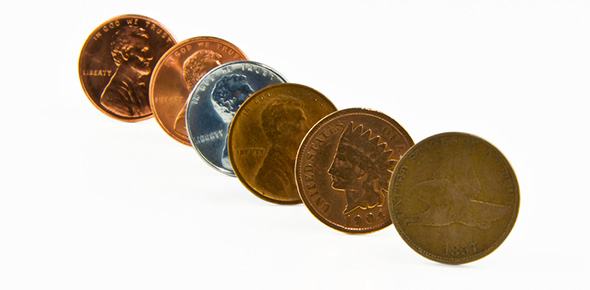Related Flashcards
Related Topics
Cards In This Set
| Front | Back |
|
Line
|
Straight or curved and is used to control our vision and to create unity, emotional value, and ultimately meaning.
|
|
Formal Criticism
|
Primarily interested in the artwork itself, not apply any external conditions or information when analyzing the particular piece of art and can be applied various types of art.
|
|
Contextual Criticism
|
Meaning by examining related information "outside" the artwork, such as the artist's life, his/her cultural, social, economic, and political conditions, his/her philosophies , public and critical reactions to work.
|
|
When making value judgments, one should look at:
|
Craftsmanship & Communication
|
|
Mass
|
Heaviness or Weight
|
|
Texture
|
Roughness or Smoothness
|
|
Hue
|
Wavelength differences of the Color Spectrum
|
|
Primary Element of Composition
|
Line
|
|
Objective Art
|
Art with recognizable objects
|
|
Non-Objective Art
|
Art with no recognizable objects
|
|
Linear Perspective
|
A system of drawing or painting in which the artist attempts to create the illusion of spatial depth on a two-dimensional surface. It works by following consistent geometric rules for rendering objects as they appear to the human eye.
|
|
Aerial Perspective
|
The perception of depth in nature can be enhanced by the appearance of atmospheric haze. It is achieved by using less focus, along with bluer, lighter, and duller hues for the distant spaces and objects depicted in a picture.
|
|
What are the three types of Ancient Greek Art?
|
Archaic
Classical Hellenistic |
|
Who was responsible for the beginnings of Democracy?
|
Cleisthenes
|
|
What are some characteristics of the Golden Age of Classical Greece?
|
That this earthly world can be explained in terms of cause and effect, and that every civilized society was built on the underlying foundation of logic.
|






